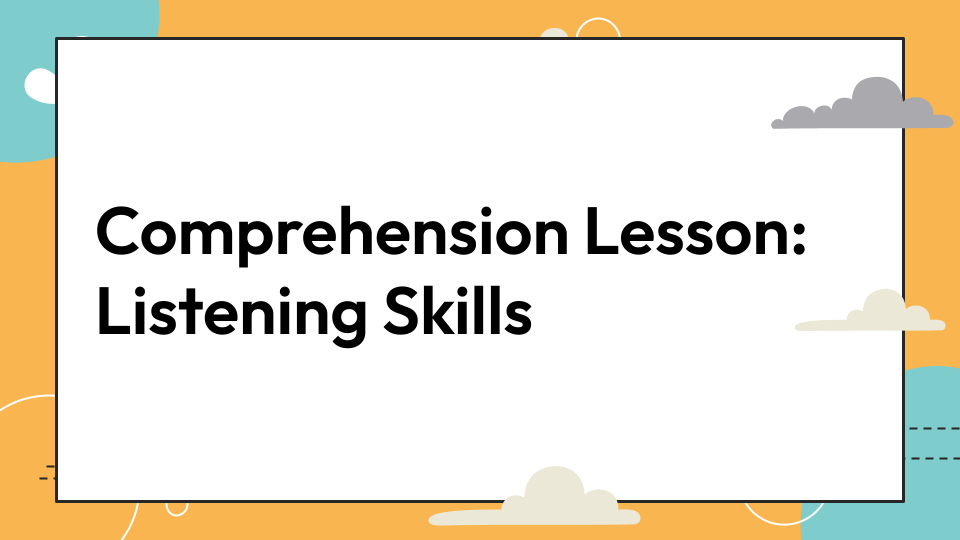Director of Education



In this lesson, students explore four major categories of climate change, identify one to further research, and create a fact sheet.
Step 1 - Inquire: Students read New Jersey's Changing Climate and identify the four specific effects of climate change in New Jersey.
Step 2 - Investigate: Students discuss two open-ended questions related to the fact sheet.
Step 3 - Inspire: Students choose one category from the fact sheet and discussion, engage in their own research, and create their own fact sheet and infographic.

In this lesson, students explore the role of video games in bringing awareness to climate change and evaluate or design a climate change video game.
Step 1 - Inquire: Students discuss the role of video games in education and behavior modification, sharing their personal experiences and thoughts.
Step 2 - Investigate: Students read an article on how the gaming industry is addressing its environmental impact and answer discussion questions.
Step 3 - Inspire: Students choose to evaluate the effectiveness of climate change games or design their own climate change video game.
.png)

In this lesson, students use New Jersey precipitation data to create graphs and discuss climate change.
Step 1 - Inquire: Students discuss initial observations about a New Jersey precipitation data chart showing monthly and annual averages.
Step 2 - Investigate: Students explain the relationship of precipitation over time by graphing, finding the line of best fit, and finding the equation of the line.
Step 3 - Inspire: Students choose an independent activity, complete a short reading, and then apply their learning to a discussion about the relationship between precipitation and climate change.

In this lesson, students graph data to explore the relationship between maximum and minimum New Jersey temperatures over time.
Step 1 - Inquire: Students interact with two data tables showing maximum and minimum average temperatures in New Jersey.
Step 2 - Investigate: Students choose data to graph both max and min temperatures over time and discuss their findings.
Step 3 - Inspire: Students watch a video showing the current effects of temperature in New Jersey and explore the connection between the video’s information and their graph.


In this lesson, students learn how redlining connects to tree equity and racial justice.
Step 1 - Inquire: Students learn definitions of redlining and systemic racism and explore the Mapping Inequality tool.
Step 2 - Investigate: Students explore the connection between redlining and tree equity.
Step 3 - Inspire: Students share their new knowledge, discuss possible solutions to environmental inequality, and complete a written reflection.







.png)